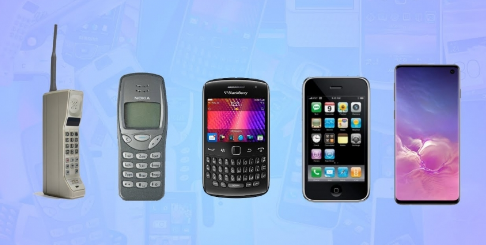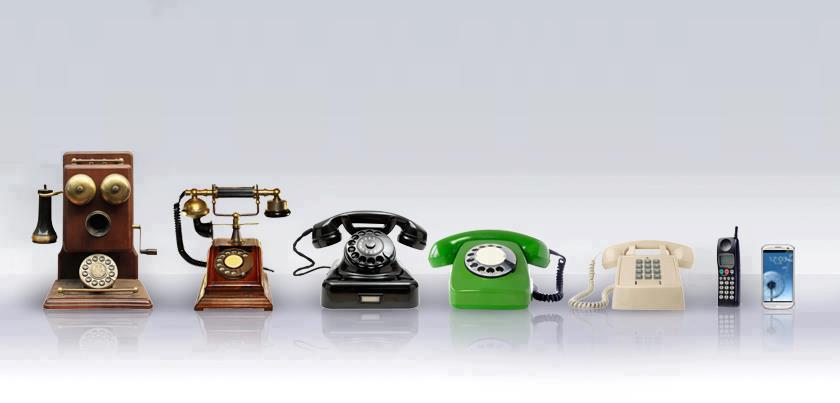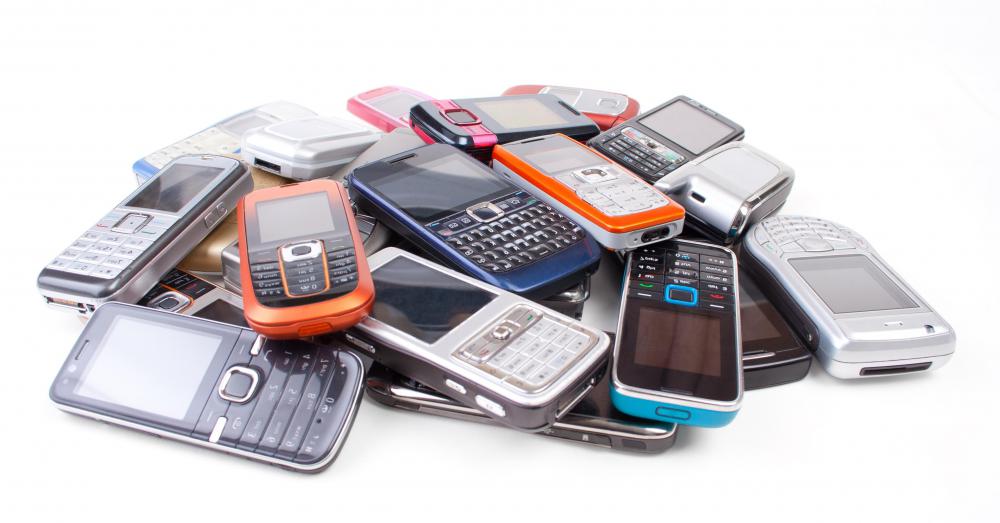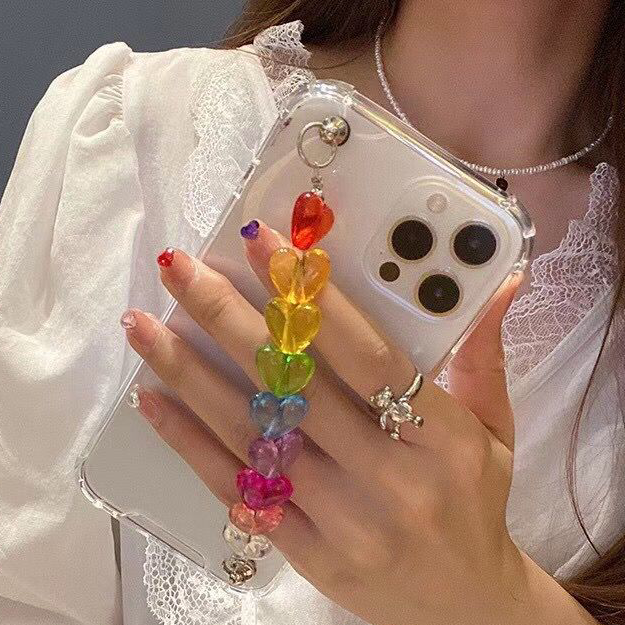The phone revolution began with the introduction of the cellular phone. It was only in 1983 that the first all-in-one cellular phone was introduced. That was $110 million in 1969, or half a billion today, and the company had no idea how they would recoup their investment. Another company, Motorola, was already spending $15 million on cellular R&D. With the help of these companies, the cellular phone revolution was born.
The first cell phones were bulky, and difficult to use, but now they’re more powerful and offer more functionality. The interface is better and more fun to use. Unlike the devices of the past, cell phones can hold as much memory as a laptop. Some models have even replaced other gadgets, like televisions and DVD players. Some early cell phones even had cameras, but these were surprisingly low-quality. Today’s cameras, on the other hand, are much higher quality.
This revolution in mobile technology is not just a technological innovation. It’s also a global success story for consumers. In the past decade, mobile industry revenues have grown 13 percent each year, more than double the growth of the world’s economy. It has also led to massive investments in research and development. This means that the mobile industry is benefiting all regions of the world. But these investments are not just limited to smartphones. Investing in the infrastructure and R&D needed to support the smartphone revolution is already helping countless people around the world.
As the popularity of smartphones grows, the demand for these devices increases. In addition to the high cost of these devices, consumers want smaller and more convenient models. That’s why cell phone companies have been able to cram as many features as they can into a small, affordable unit. As a result, they’ve created an entirely new class of devices. Fortunately, consumers can now get all of the benefits of a cell phone without breaking the bank.
In early 2011, the Arab Spring was starting. During this period, the smartphone was a catalyst in a social revolution. The widespread use of mobile phones gave protesters a way to communicate with the world outside their country. This was important for the revolutionary movement to spread quickly. The mobile phone revolution made social movements possible and allowed for the public to spread their message around. With the help of this technology, protestors could easily share their ideas with those outside their country.
Mobile phones are now incredibly useful in our everyday lives. Not only do they allow us to stay connected at any time, they also allow us to access services whenever we want. The first ever mobile phone was released in 1991. The first commercial version of the GSM network was in France in 1992. Nokia’s flagship Galaxy S5 launched its own 4G service. The new service allowed people to communicate in their native languages and in real-time.
The iPhone’s introduction transformed the mobile phone into a “catch-all” platform. According to the editors of popular Mechanics magazine, the smartphone was the most popular gadget of 2012. Other revolutionary technologies included the personal computer, TV, and the light bulb. With the proliferation of mobile devices in our everyday lives, the phone revolution continues to evolve. The smartphone’s revolutionary capabilities have made mobile devices a staple of our lives.
In the early 1990s, the first professional cell phone, the BlackBerry 850, was introduced. It was not only a hand-held phone, but it also had internet capabilities. It weighed two pounds and was used in offices and in the military. In the demo, Motorola’s Martin Cooper accidentally dialed the wrong number. As a result, the first cell phone was released. A year later, the mobile technology revolution began to accelerate.
The Walkman cell phone came out in 1973. It had a keyboard that could slide over the keypad and was the first truly mobile phone. It was the first cell phone to allow for internet access. It was one of the first phones to allow users to download their own custom ringtones. Its ‘Crazy Frog’ ringtone became a hit, reaching Number 1 in the UK for four weeks. However, it was only the beginning of the phone revolution.



